Naomi Smith, 26, dies after being intubated at Alice Springs Hospital
The tragic death of 26-year-old Townsville-born Naomi Smith, who had suicidal ideations, led to a coroner making several recommendations to the NT’s mental health services. Read her story here.
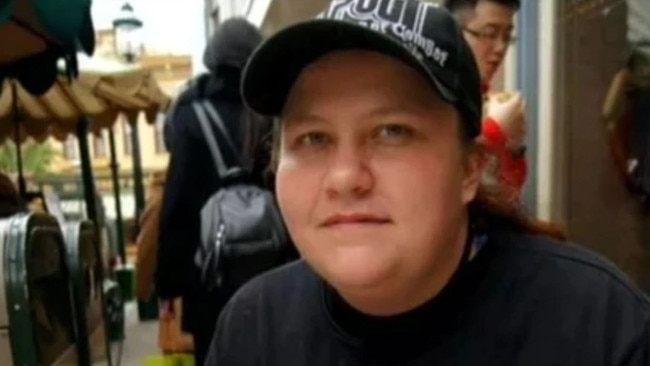
Northern Territory
Don't miss out on the headlines from Northern Territory. Followed categories will be added to My News.
Naomi Smith never woke up after she was intubated for transport from Alice Springs Hospital to Royal Darwin Hospital for a forensic mental health assessment.
A 2018 coroner’s report detailed how the 26-year-old Townsville-born Aboriginal woman experiencing extreme suicidal ideation died after being intubated at Alice Springs Hospital.
Coroner Greg Cavanagh said Ms Smith had brittle airway disease and a history of being ventilated.
According to studies by the American Academy of Emergency Medicine, Naomi’s condition increased her risk of pulmonary aspiration.
In her medical history, a doctor noted “her lungs were a little stiff” during a previous intubation.
“The intubation went smoothly although there was a period of denaturation (79 per cent) and possible aspiration,” Mr Cavanagh’s report said.
“Twelve hours later she developed a fever and was given antibiotics for suspected aspiration pneumonia.”
Ms Smith was given preventive medication for deep vein thrombosis but over the following five days her condition continued to deteriorate.
On July 6, she became hypotensive and her blood pressure fell from what was believed to be a “massive pulmonary embolus” - a blood clot in the heart.
Ms Smith died just before 1am on July 7, 2017.
“She was just 26 years of age,” the coroner’s report reads.
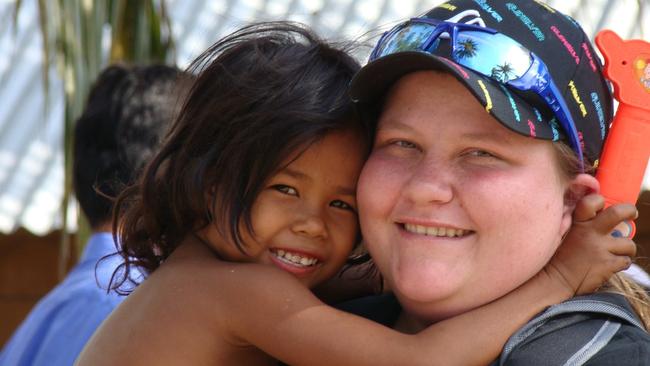
The Territory is one of only two places in Australia that doesn’t have a funded forensic mental health unit, despite building a 34-bed unit at the Darwin Correctional Facility in 2015.
Keith Hamburger’s 2016 review of the NT Correctional Services report said the review board were told the Complex Behaviour Unit was “originally intended to be staffed and managed by the Department of Health as a forensic mental health unit”.
However, the space remains staffed and managed by correctional officers with no additional health staff.
As a result, it is mostly filled with general population inmates.
“As of 25 January (2023) 33 beds were occupied in the (Complex Behaviour) Unit, 14 were used for therapeutic purposes and 19 were occupied by mainstream prisoners …,” a spokesman for the Attorney-General’s department said.
“There were a further 10 people on the waitlist for a therapeutic bed.”
Eight years ago, Mr Hamburger’s report found the current situation to be “untenable”.
Mr Cavanagh’s report stated that before Ms Smith’s death she was suffering from complex post traumatic stress disorder due to “long-term physical and sexual abuse” as a child.
She had presented 25 times to the Alice Springs mental health unit in the two months before June 2017
“Sixteen times she was admitted … and on four occasions to the Intensive Care Unit,” Mr Cavanagh wrote.
Mr Cavanagh’s report said in the 48 hours following Ms Smith’s discharge from the Alice Springs mental health unit she attempted to set herself alight several times but in each instance doctors refused to readmit her.
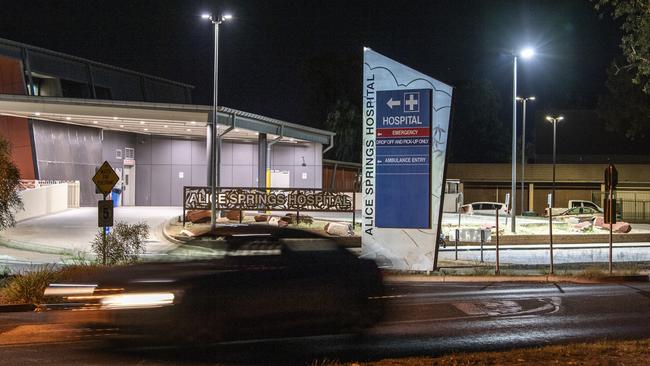
According to the coroner’s report, Ms Smith told a psychiatrist at Alice Springs Hospital if she was discharged she would “set herself alight”.
At 10am on June 27 2017 she was discharged.
Ms Smith walked across the road from the hospital to a petrol station, emptied the bowser on her jumper and set it alight.
Just 50 minutes later, police returned Naomi to the Alice Springs ED where she continued to swallow “harmful items” including a latex glove and a metal name tag but the mental health team determined “her emotional state was her usual state”.
“She was not depressed and had no psychosis,” the coroner’s report reads.
“It was determined to discharge her once more.
“Naomi told the psychiatrist that if released she would go back across the road and burn herself.”
Ms Smith was again discharged at 12:30pm.
By 1.40pm the same day police, for the second time, picked her up from the petrol station across the road from the Alice Springs ED.
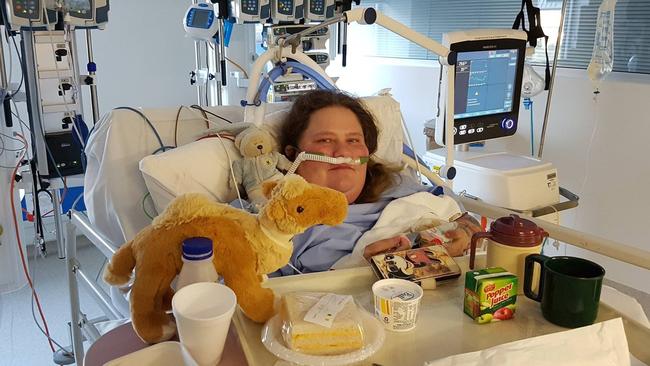
Ms Smith was held overnight and said to be “kept calm in bed with sedation” before being discharged at 1.30pm on the Wednesday when she again attempted to take her own life.
Police then charged Ms Smith with “recklessly endangering serious harm and threat to burn” and she was held in a restraint chair at the Alice Springs watch house several times.
Ms Smith was offered a voluntary admission to Alice Springs Hospital but refused.
The grounds for involuntary admission, according to the Northern Territory Mental Health and Related Services Act, is someone is deemed to likely “cause serious harm to themself or to someone else”.
“While in the cells she ingested toilet paper, reopened wounds on her arm, wrote on the wall with her own blood and intentionally fell forward striking her face on the toilet bowl,” the coroner’s report reads.
“She was found to be fit for custody.”
The coroner’s report highlighted Alice Springs “did not have the facilities or resources to deal with (Ms Smith’s) continuing behaviours”.
“Their staff were exhausted and at least one was injured.”
In total, Ms Smith was offered four voluntary admissions before then Alice Springs superintendent Bill Yan co-ordinated a plan for her involuntary admission to Royal Darwin Hospital’s Joan Ridley Unit for forensic assessment.
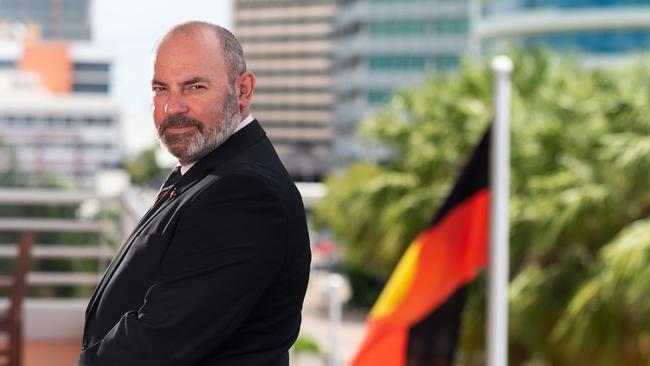
Mr Yan, now the CLP Member for Namatjira, said when he was advocating for Ms Smith’s readmission it felt “like (NT Health) were doing everything they could to not deal with (her).”
“As a voluntary admission, they would kick her out and all she wanted to do was be involuntarily admitted (and) in that sense she wanted some help,” he said.
“That’s just from my point of view.”
While in the Alice Springs Correctional Facility, Mr Yan said Ms Smith’s behaviour was like nothing he had seen before.
“She was tearing lumps of her hair out and trying to choke herself with her hair and things like that,” he said.
On July 1, Ms Smith was admitted to Alice Springs Hospital involuntarily to begin preparations for her transfer to Darwin but the hospital discharged her again.
Mr Yan instructed his correctional staff to not leave the hospital with Ms Smith and after several calls he ensured she was readmitted until her pending transfer to Darwin.
In summary, Mr Cavanagh found Ms Smith’s mental state deteriorated and towards the end of June became a crisis for her, the police and Alice Springs Hospital.
“None of the agencies could deal with Naomi and each pushed her to the other, often multiple times a day. For Naomi, who felt rejection very keenly, that likely compounded her issues,” he wrote.
“It should have been clear that there was a need for intervention and assistance from the Forensic Mental Health Team based in Darwin.”
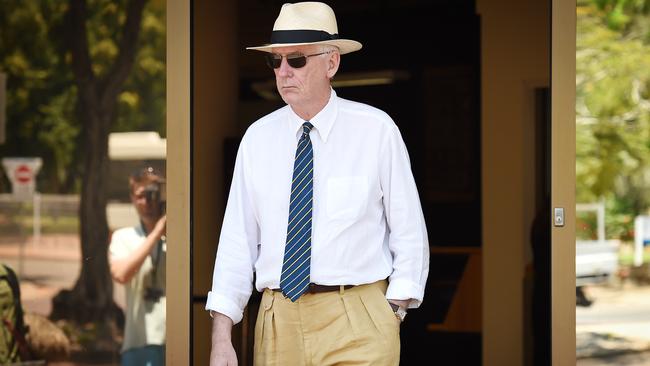
Mr Cavanagh found mental health services could not deal with her.
“Various agencies resorted to restraint techniques that given the physical health issues suffered by Naomi may have contributed to the formation of deep vein thrombosis,” he said.
“She developed a fever that may have been related to the deep vein thrombosis and her requirement for oxygen impeded her being extubated.”
Mr Cavanagh wrote in his 2018 coroner’s report there was no evidence Top End Mental Health Service improved their responsiveness to the Forensic Mental Health Team or sought to develop a multi-agency group to manage complex cases.
In 2019, an NT Health review of forensic mental health and disability services suggested transferring the Complex Behavioural Unit from NT Corrections to NT Health.
Both agencies agreed in principle to it.
However, in 2023 the unit continues to be run by NT Corrections, with no additional therapeutic staff funded to operate the space.
NT Health acting chief executive Marco Briceno said there were no plans for health to run the facility or request further funding to staff it in the near future.
“That doesn’t mean it’s not going to be on the list at some point … it’s just not currently there,” Dr Briceno said.
In recent years a pilot program called the co-responded model has been developed to help deliver support to emergency services called out to complex mental health cases.
Mental Health Minister Lauren Moss said the cross agency partnership between NT Police, St John Ambulance NT and NT Health was diverting up to 70 per cent of case call-outs away from emergency departments.




